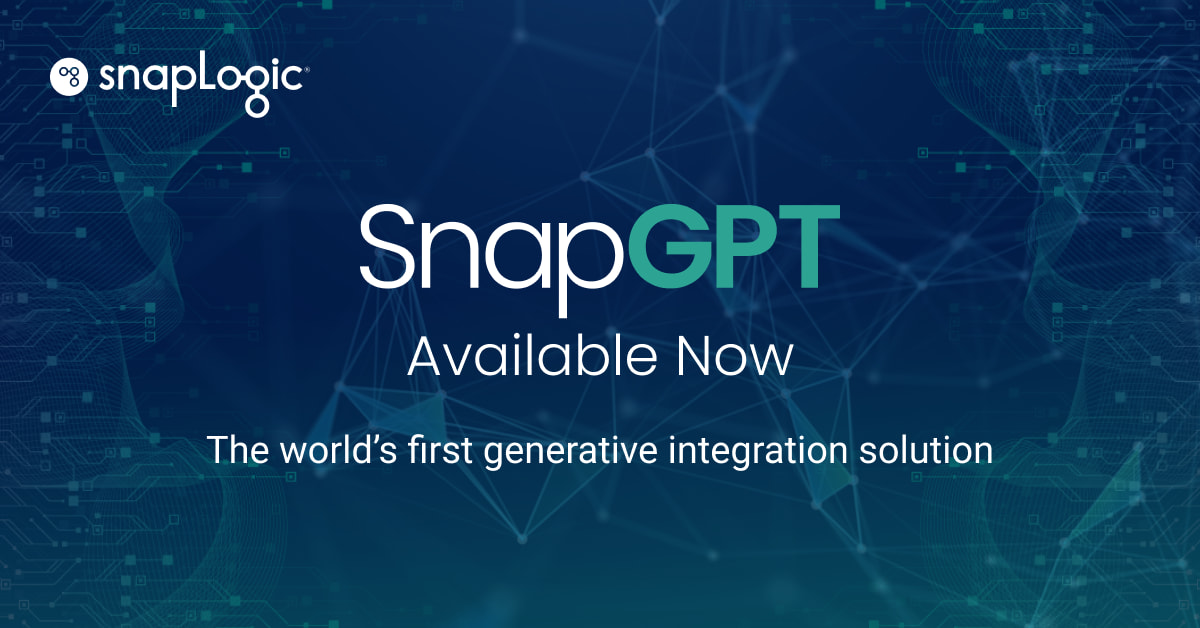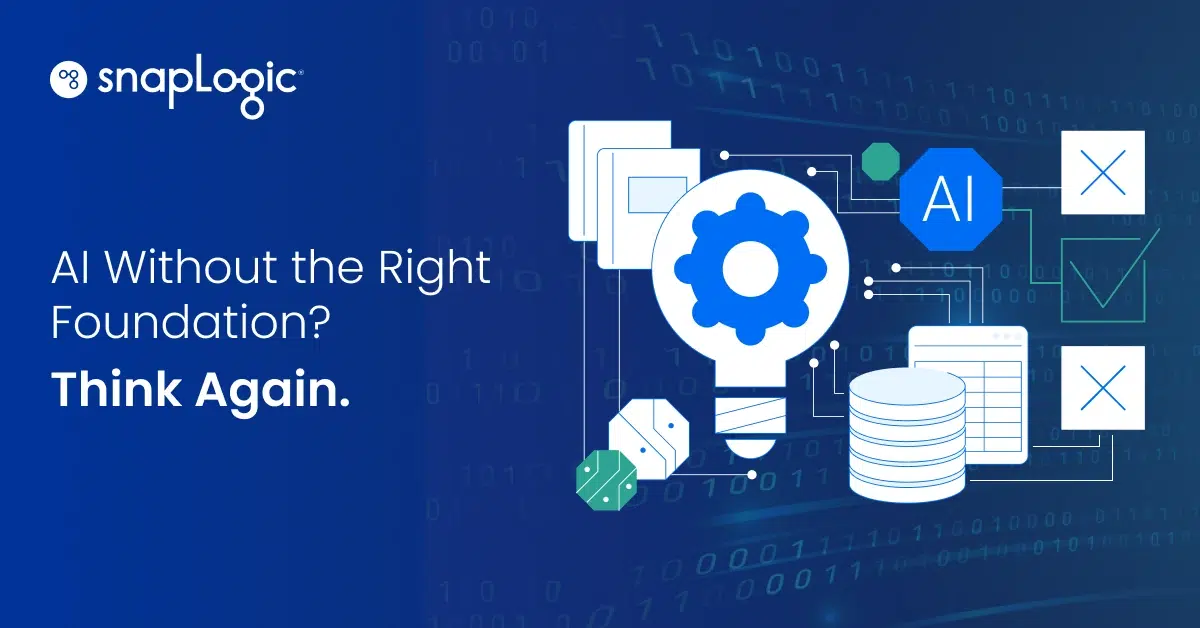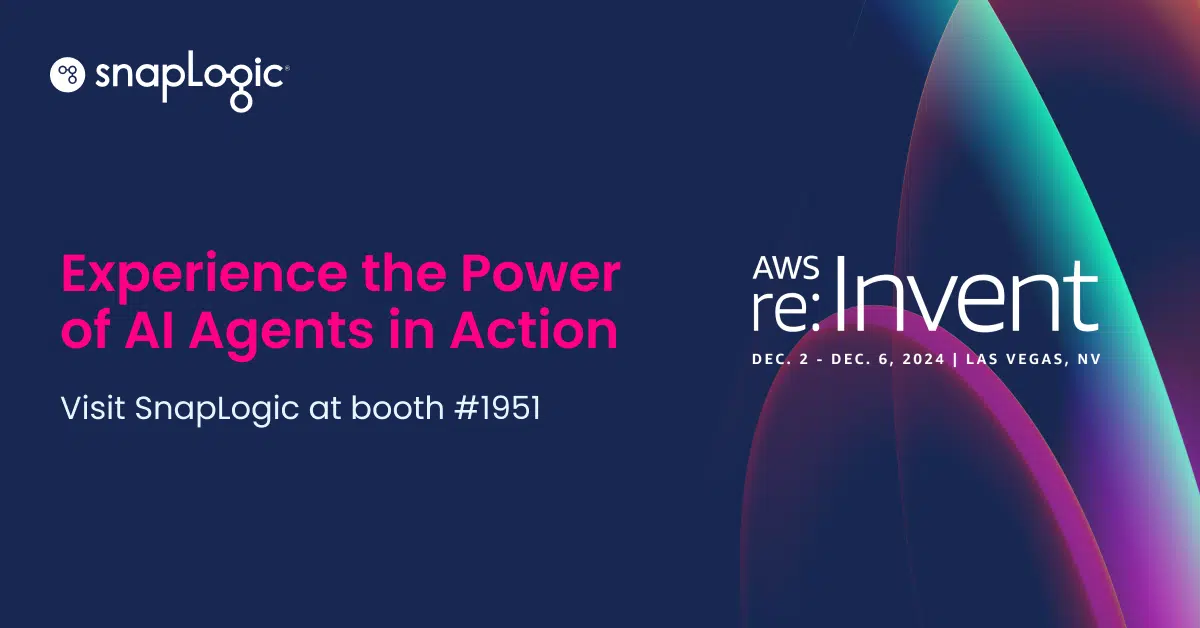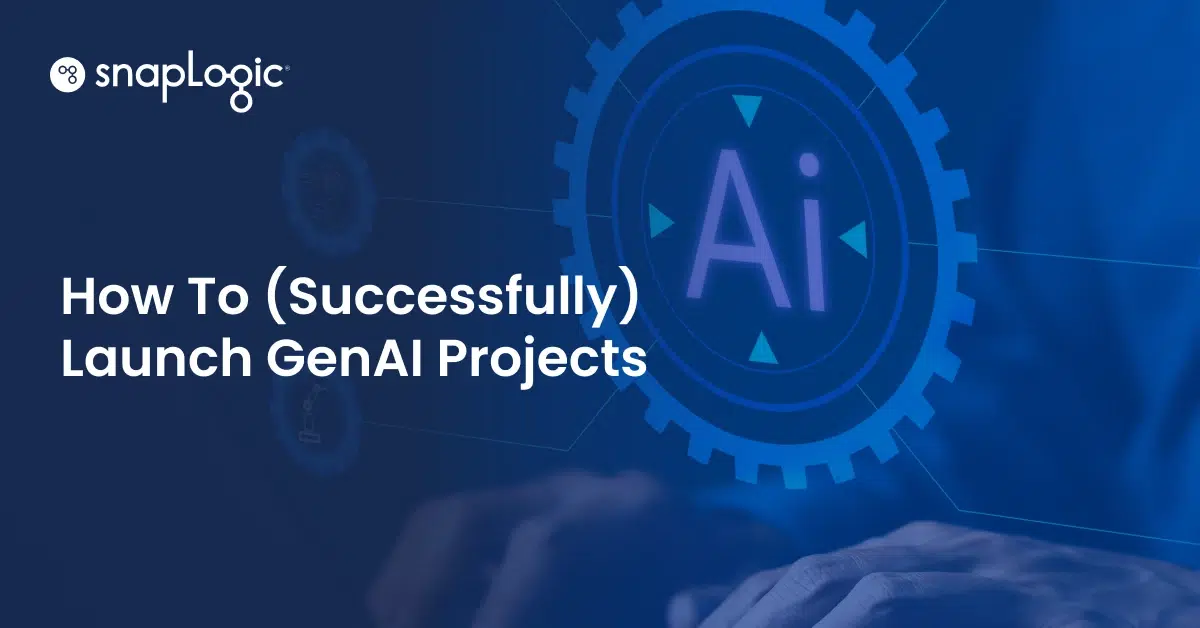SnapLogic was founded with the goal of greatly simplifying and accelerating data and application integration and enterprise automation. According to our IT workload survey, that represents 48% — almost half — of the common enterprise workload.
We were the first to recognize the potential of AI to accelerate integration and pioneered the industry’s first AI assistant, Iris, seven years ago. In the past seven years, we have leveraged petabytes of metadata to build a powerful integration design assistant that suggests next steps, and steps to complete integrations faster. Our AI also simplifies data preparation, transformation, and mapping.
And now, we’re taking it to the next level with SnapGPT, the world’s first Generative Integration solution designed to empower everyone — not just IT professionals — to integrate their applications or data sources using natural language. SnapGPT layers generative AI and large language models (LLMs) to the existing AI/ML capabilities honed through our earlier AI assistant. Just this week, we expanded beyond the beta and have made SnapGPT generally available to share with the world.
Generative integration use cases
SnapGPT is designed to shrink integration from days and weeks to hours and minutes, allowing businesses to innovate faster, reach further, and operate more efficiently. Here are some examples:
Democratize integration
SnapGPT empowers employees with any job title or technical skill level to easily and quickly create workflows and data pipelines via natural language prompts in nearly 100 different languages.
Speed up testing documentation
SnapGPT auto-generates sample data for testing and comprehensive documentation for each integration, allowing employees to validate new business workflows and put them into production 10-50 times faster.
Reduce IT integration burden
SnapGPT acts as a tireless, intelligent co-pilot, providing contextual suggestions and real-time guidance throughout the integration process, providing self-service to users of all experience levels while eliminating strain on IT.
Key capabilities of SnapGPT
There are several unique capabilities that SnapGPT brings to the table:
- Create pipeline prototypes: This feature enables the rapid development and refinement of integration workflows via natural language prompts.
- Document integration pipelines: SnapGPT can auto-generate comprehensive documentation for each pipeline, aiding understanding, maintenance, and reuse.
- Generate sample data: This accelerates the testing and validation of integration pipelines by producing realistic sample data automatically.
- Provide contextual assistance: SnapGPT operates as an intelligent assistant, offering contextual suggestions and real-time guidance throughout the integration process.
Additionally, we’re previewing new features in SnapLabs:
- SQL query generation: Allows users to construct accurate SQL queries using simple natural language instructions.
- Data mapping: Facilitates the creation of relevant field mappings between data sources and destinations using simple instructions.
“Our team of developers used SnapGPT to create and test integration workflows in under an hour, compared to days.”
Nancy Mustachio, Director of Enterprise Applications at Barnard College
Proven results of SnapGPT
Barnard College — a SnapLogic customer and an early SnapGPT user — noted a substantial improvement in their development process, stating, “Our team of developers used SnapGPT to create and test integration workflows in under an hour, compared to days.” – Nancy Mustachio, Director of Enterprise Applications at Barnard College.
SnapGPT, now part of the SnapLogic Intelligent Integration Platform, is currently available free of charge to new and existing customers.
For a deeper understanding of how it works, we invite you to request a SnapGPT demo and see how generative integration can make a difference in your workflows and your business.









